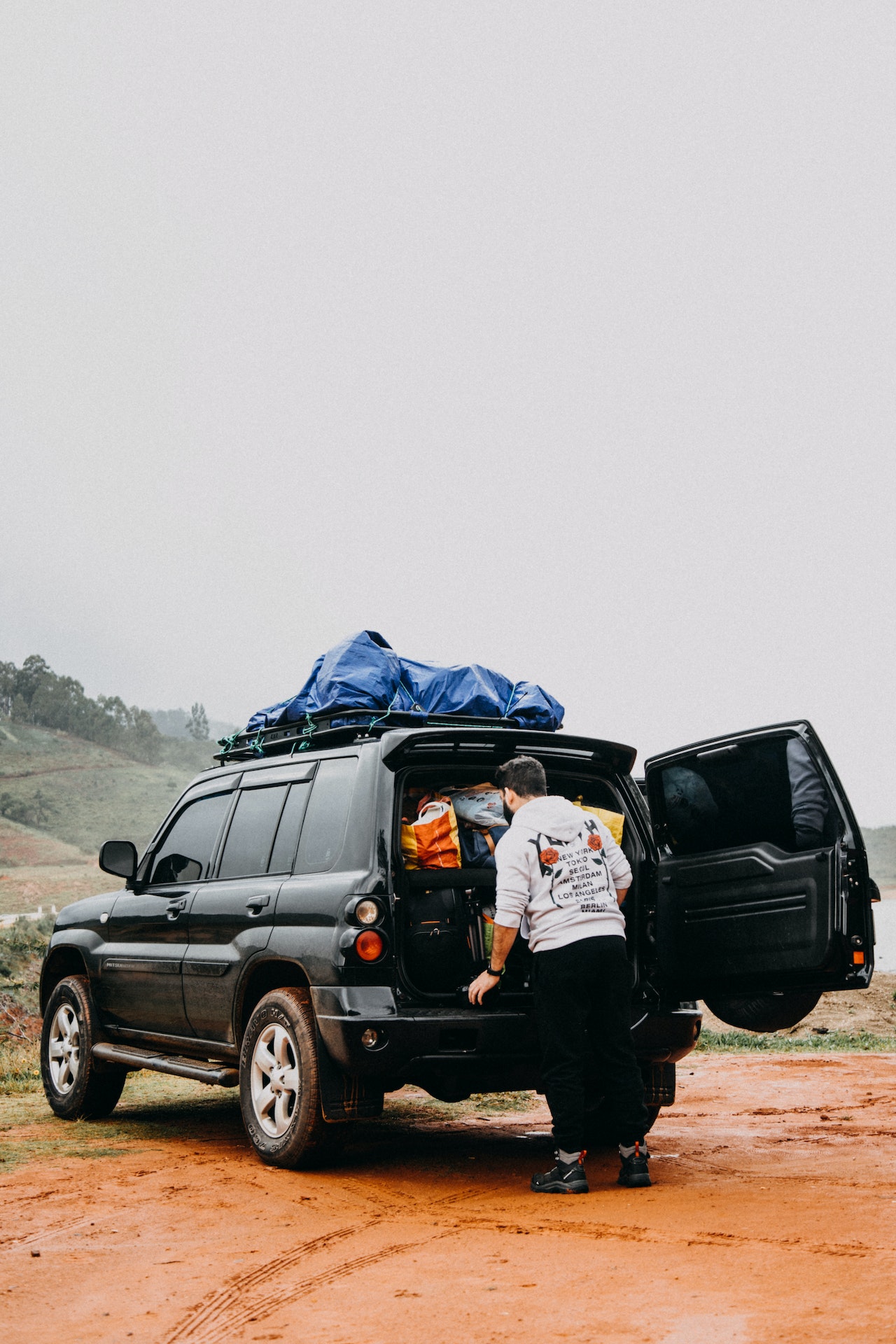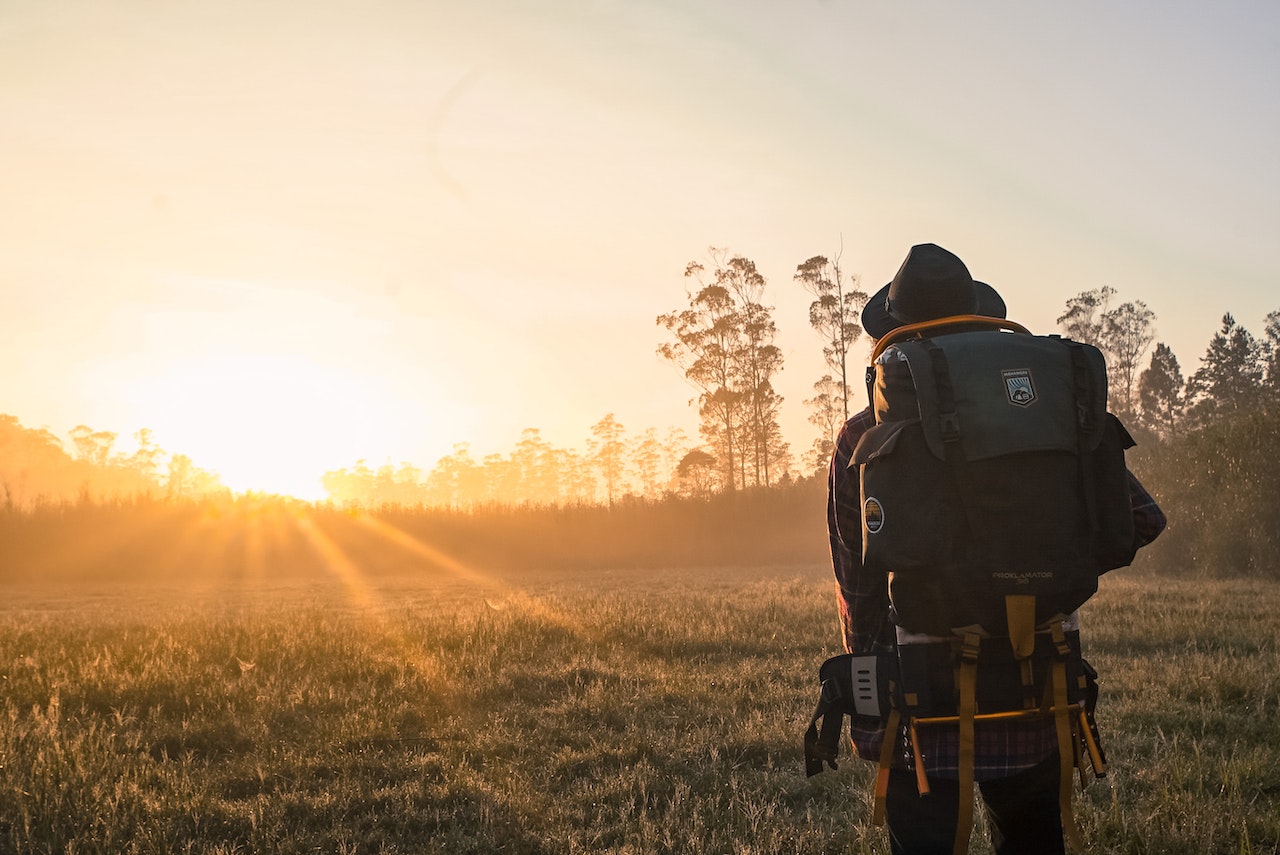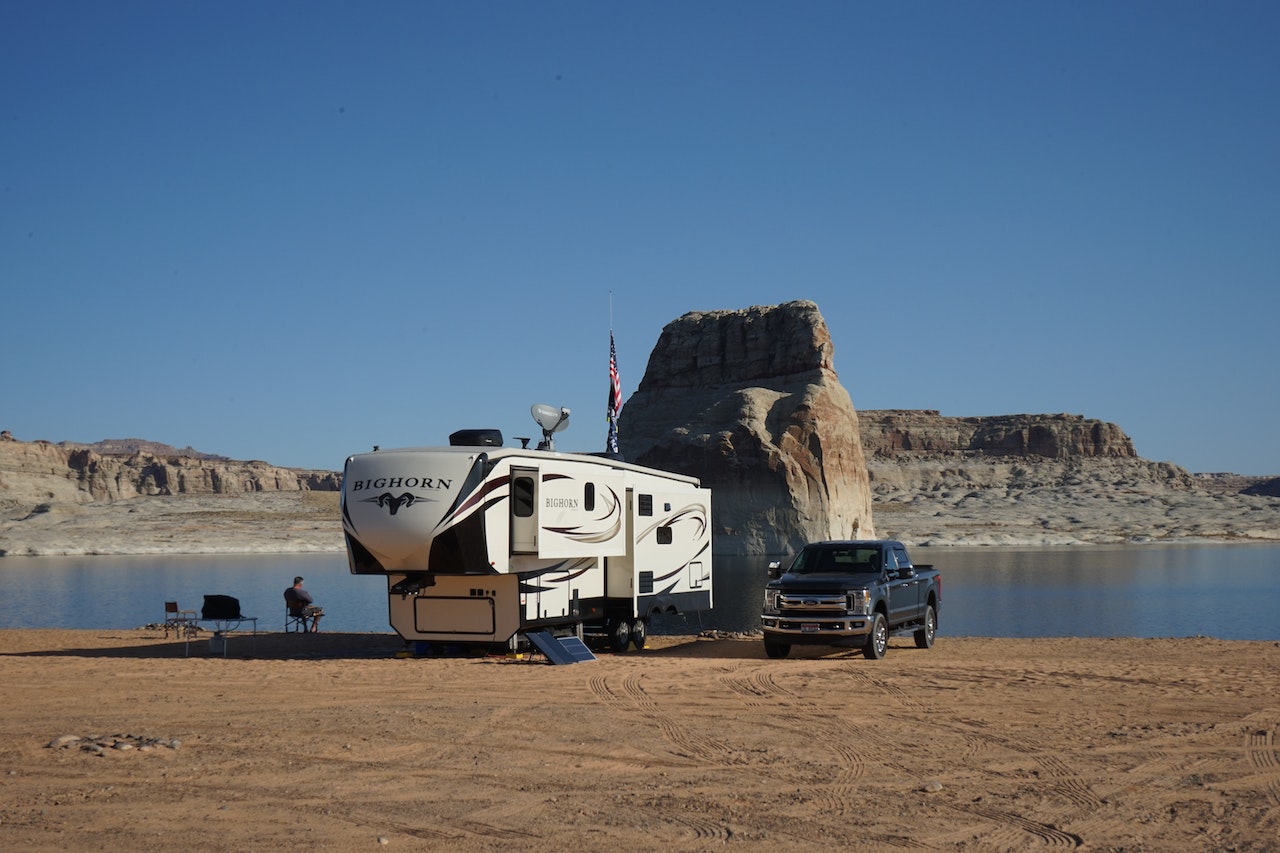Photo by: Matheus Bertelli Source: Pexels
In uncertain times, one of the most frequently discussed survival topics is the concept of “bugging out.” Simply put, to “bug out” means to quickly evacuate from your current location in anticipation of (or in response to) a crisis situation. Knowing when, how, and what to do during a bug-out scenario can mean the difference between life and death. This article will guide you through the decision-making process, potential scenarios, and a checklist of items to include in your bug-out bag.
1. Understanding the Concept
What does ‘Bugging Out’ mean? At its core, bugging out is an emergency evacuation. It implies leaving your current location for a safer place when the risks of staying outweigh the risks of leaving.
Why would you need to bug out? There are many scenarios where bugging out becomes the only viable option. The reasons can range from natural disasters to man-made crises, social unrest, or long-term power outages.
2. When to Bug Out
Recognizing the right time to leave is crucial. Here are some scenarios that might warrant a bug-out situation:
- Natural Disasters: These could include hurricanes, floods, earthquakes, wildfires, and tornadoes.
- Nuclear or Radiological Events: A reactor meltdown or nuclear detonation.
- Chemical Spills or Attacks: This could be a hazardous material spill or a chemical warfare attack.
- Civil Unrest: Rioting, looting, or martial law imposition.
- Pandemics: Situations where staying in populated areas becomes dangerous.
- Long-term Power Outages: Situations where services, food, and water are unavailable for an extended period.
When determining if it’s time to bug out, ask yourself:
- Is my current location unsafe or potentially unsafe soon?
- Will moving to a new location significantly increase my chances of survival?
- Can I reasonably stay and defend or “bug in” at my current location?
If the answers point towards leaving, it’s time to bug out.
3. How to Bug Out
Planning Ahead:
- Have a Destination: This could be a remote cabin, a friend or family member’s house, or a designated campsite. Ensure it’s stocked, accessible, and defensible.
- Plan Multiple Routes: Roads might be blocked or unsafe. Have at least three routes planned to your destination.
- Regularly Update Your Plan: Reassess your plan every few months. Things change, and you’ll want to stay ahead of those changes.
Executing the Plan:
- Stay Calm: Decisions made in panic are rarely good ones. Take a breath, gather your thoughts, and move decisively.
- Move Early: Ideally, you want to be on the move before the masses. This helps avoid traffic jams and potential confrontations.
- Stay Low Profile: Avoid drawing attention. This means avoiding confrontational behavior, dressing inconspicuously, and using discretion when displaying resources.
4. The Bug-Out Bag (BOB) Checklist
Your bug-out bag should be ready to grab at a moment’s notice. It should have enough supplies to last at least 72 hours. Here’s a basic checklist:
Essentials:
- Water and Filtration: Carry at least one liter of water per person per day. Include a water filter or purification tablets.
- Food: Non-perishable items like energy bars, MREs, or freeze-dried meals.
- Clothing: A change of clothes suitable for the weather, including underwear and socks.
Shelter and Warmth:
- Compact Tent or Tarp: This provides protection from the elements.
- Sleeping Bag: Ideally a compact, lightweight one.
- Hand Warmers: Useful in cold climates.
- Fire-starting Tools: Waterproof matches, lighters, and fire starters.
Tools and Gear:
- Multipurpose Tool: Such as a Swiss Army knife or multitool.
- Durable Flashlight: Preferably headlamp-style, with extra batteries.
- Rope or Paracord: Minimum 50 feet.
- Duct Tape: Useful for repairs or first aid.
Communication and Navigation:
- Emergency Radio: Battery-powered or hand-crank.
- Compass and Maps: Local area maps can be invaluable.
- Whistle: For signaling.
First Aid and Hygiene:
- First Aid Kit: Include bandages, antiseptics, pain relievers, and any necessary prescription medications.
- Personal Hygiene Items: Wet wipes, toothbrush, toothpaste, and sanitary items.
- Face Masks: In the case of dust or contaminants in the air.
Personal Documents and Money:
- Personal ID and Documents: Copies of driver’s licenses, passports, birth certificates, and any medical records.
- Cash: ATMs may not be working, and cash is king in emergencies.
Miscellaneous:
- Spare Keys: For homes or vehicles.
- Notebook and Pen: For jotting down important information.
- Signaling Mirror: Can be used for signaling rescuers.
Additional Considerations:
- Infant Supplies: If you have a baby, remember to pack formula, diapers, and other necessities.
- Special Needs: Consider the needs of elderly family members or those with specific medical needs.
- Pets: If you’re bringing pets, remember food and other supplies for them.
Conclusion:
Bugging out is a last-resort decision made when staying put becomes too dangerous. Preparation is vital. Have a plan, be ready to execute it, and regularly review and adjust as needed. The key is to stay informed, aware, and ready. The world is unpredictable, but with the right preparations, you can navigate its uncertainties with confidence. Remember, the primary goal is always to ensure the safety and survival of you and your loved ones. Stay safe, stay prepared, and be ready to move when the time comes.



